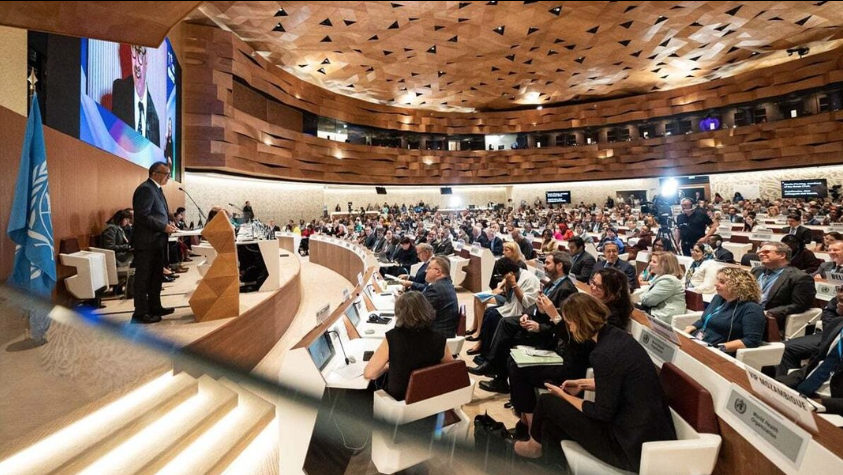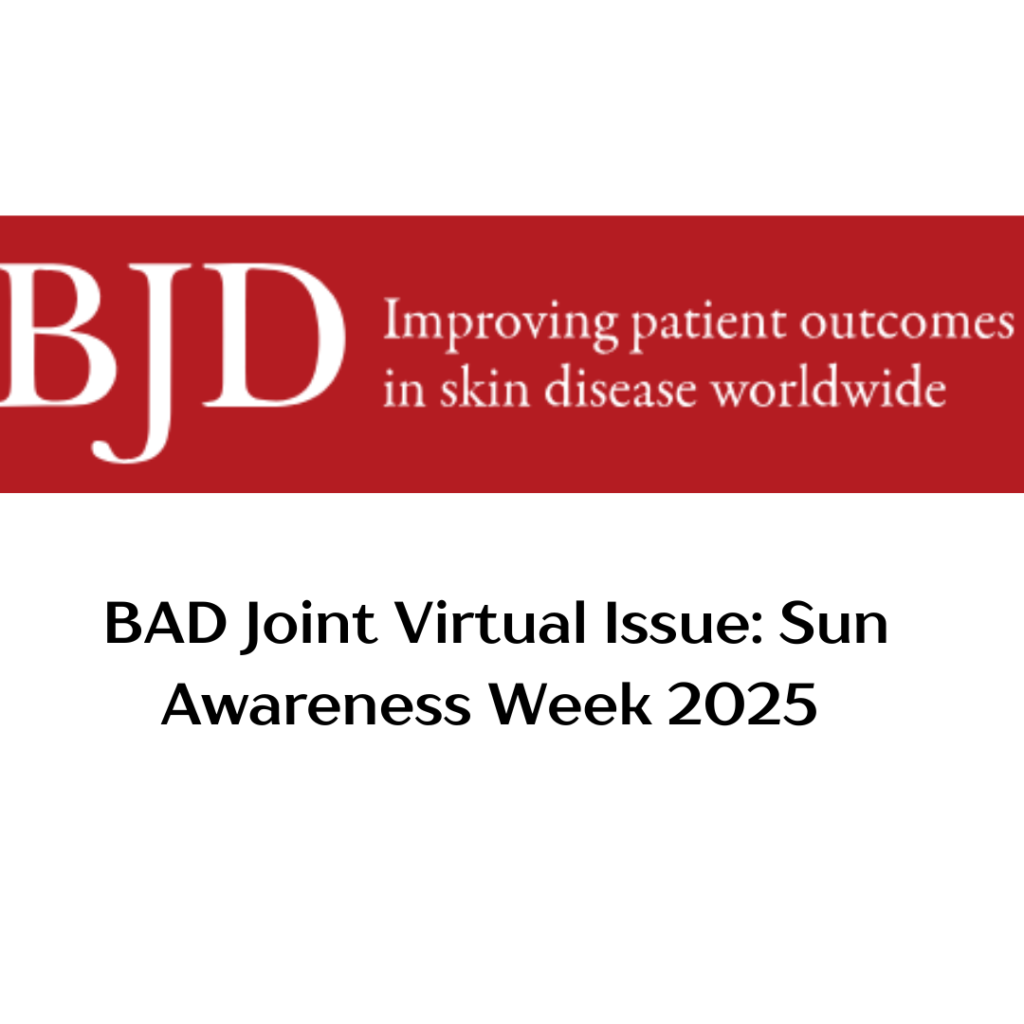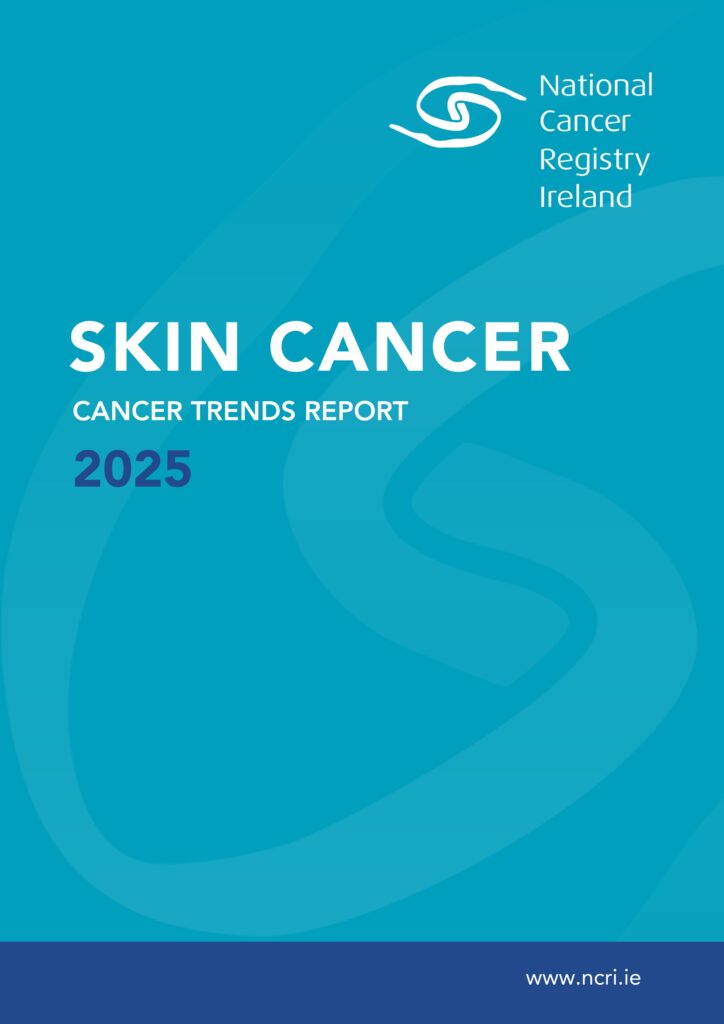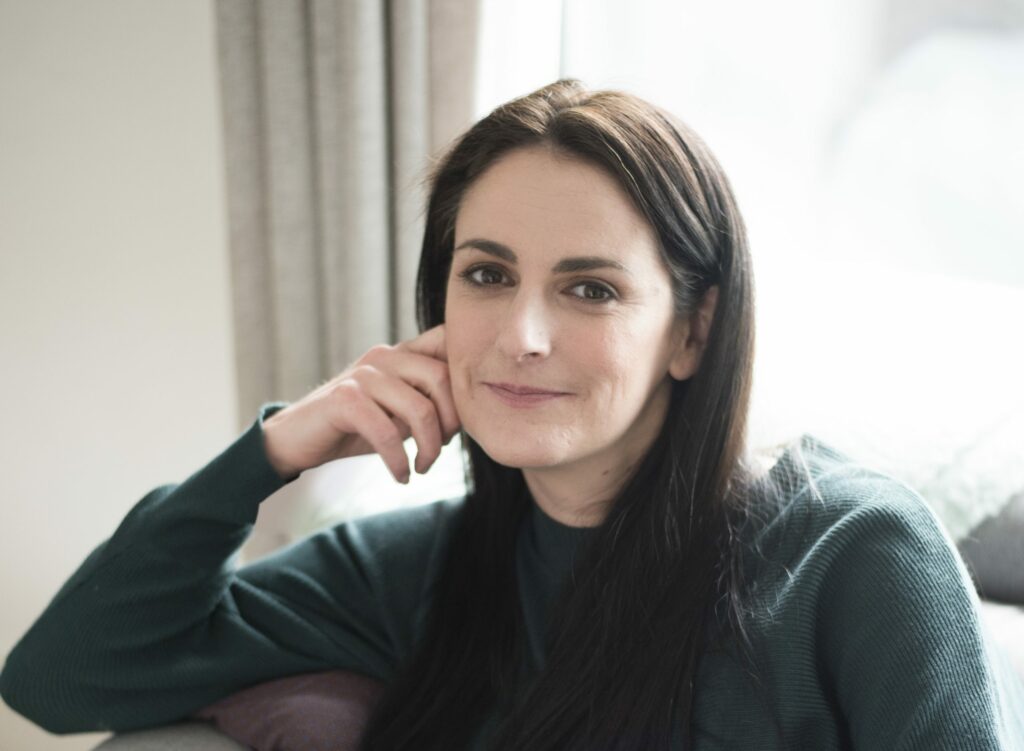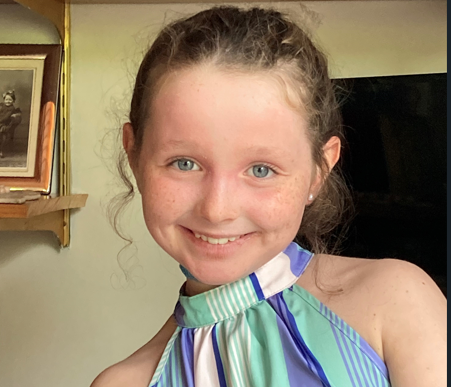First published June 2017; updated June 2021
Skin cancer is the most common type of cancer in Ireland and in fair/light skinned populations worldwide, for whom sunburn is a risk factor.
Yet, in most cases, it is also one of the most preventable forms of cancer – the vast majority are associated with overexposure to ultraviolet (UV) radiation, mainly from sunlight. However, UV from artificial sources e.g. sunbeds, also cause skin cancer.
There are two main types: non-melanoma (including basal cell carcinoma and squamous cell carcinoma), and the less common but potentially deadly melanoma.
A person’s risk is mainly influenced by exposure to UV, and skin pigmentation.
Skin pigmentation
Melanin is a pigment that gives skin, hair, and eyes their colour. It also provides some protection against skin damage from UV and is responsible for tanning. There are different types: dark skin contains more ‘eumelanin’, while lighter skin has more ‘pheomelanin’. Eumelanin provides a greater level of protection from UV.
Fitzpatrick’s skin type
A person’s natural skin colour influences their sensitivity to UV and skin cancer risk, and can be classified on a scale – the Fitzpatrick skin type classification scale, which ranges from 1 (high risk) to 6 (low risk). It considers skin colour (i.e. pale-white to black), and how the skin reacts to UV (most sensitive to least sensitive, i.e. whether it burns easily, or tans).
People with pale skin, that burns easily and never tan, who have blue eyes, with blond or red-coloured hair and freckles, are categorised as having ‘skin type 1’ (high risk). Those with black skin which darkens easily when exposed to sunlight and rarely if ever burns, have dark brown eyes and black hair, are categorised as having ‘skin type 6’ (low risk). However, although skin cancers are relatively rare for people categorized as having skin type 5 or 6, those that occur are often detected later at a more advanced/dangerous stage.
Most people living in Ireland have fair skin (i.e. skin type 1 or 2) which burns easily and tans poorly, so are particularly vulnerable to UV damage and skin cancer. A person’s skin type is genetically determined and does not change or vary, based on level of tanning.
Know your skin type: Irish research – we think we’re darker than we really are!
Worryingly though, research indicates that those with lighter skin types often judge themselves to be darker than they actually are, and therefore underestimate their skin’s sensitivity to UV.
This is why it is so important to know your ‘skin type’ to get a better sense of the care you need to take in the sun.
Protect yourself from overexposure: reduce your risk
UV cannot be seen or felt, so you need to defend yourself against overexposure. Both occasional and chronic UV exposure can be damaging; sunburn is the most harmful, but frequent non-burning exposures can also increase skin cancer risk. Fortunately, most skin cancers can be prevented by protecting skin from UV.
Know the UV Index
The UV index measures the UV level at the surface of the Earth, and gives an indication of the potential for skin damage, particularly sunburn. The UV index ranges from zero upwards – the higher the number the greater the risk.
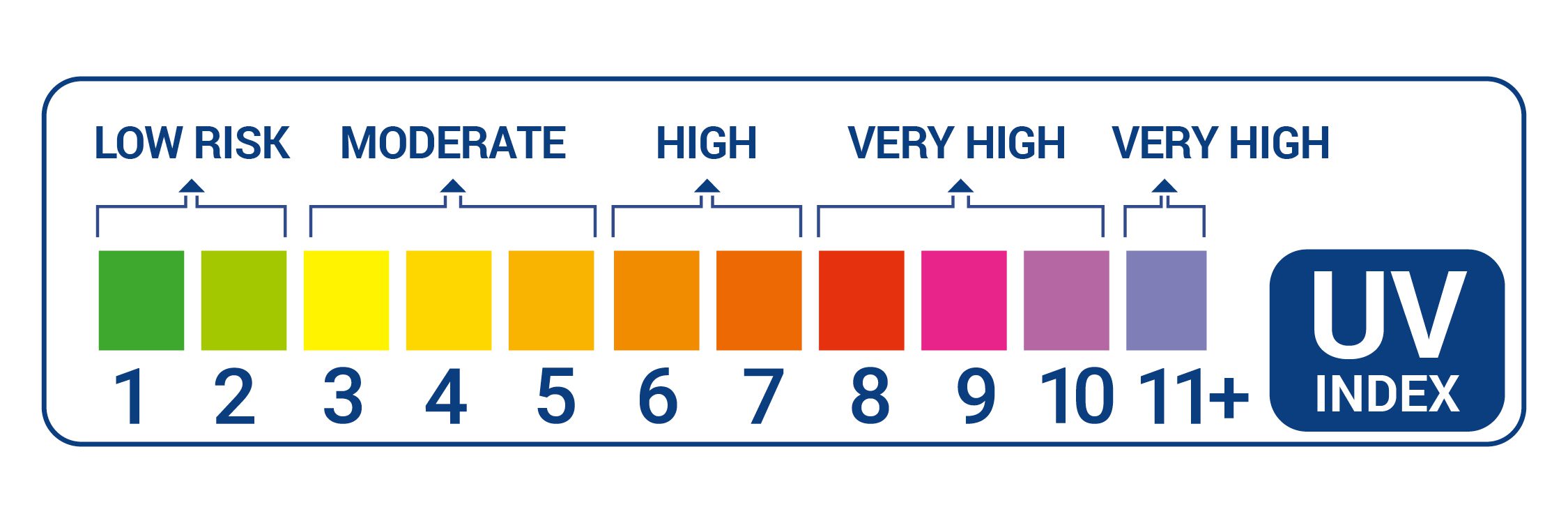
In Ireland, make sun protection part of your daily routine particularly from April – September, when the intensity of sunburn producing UV is greatest, even when it is cloudy! Stay safe by limiting time in the midday sun when UV is strongest, typically between the hours of 11:00am – 3:00pm.
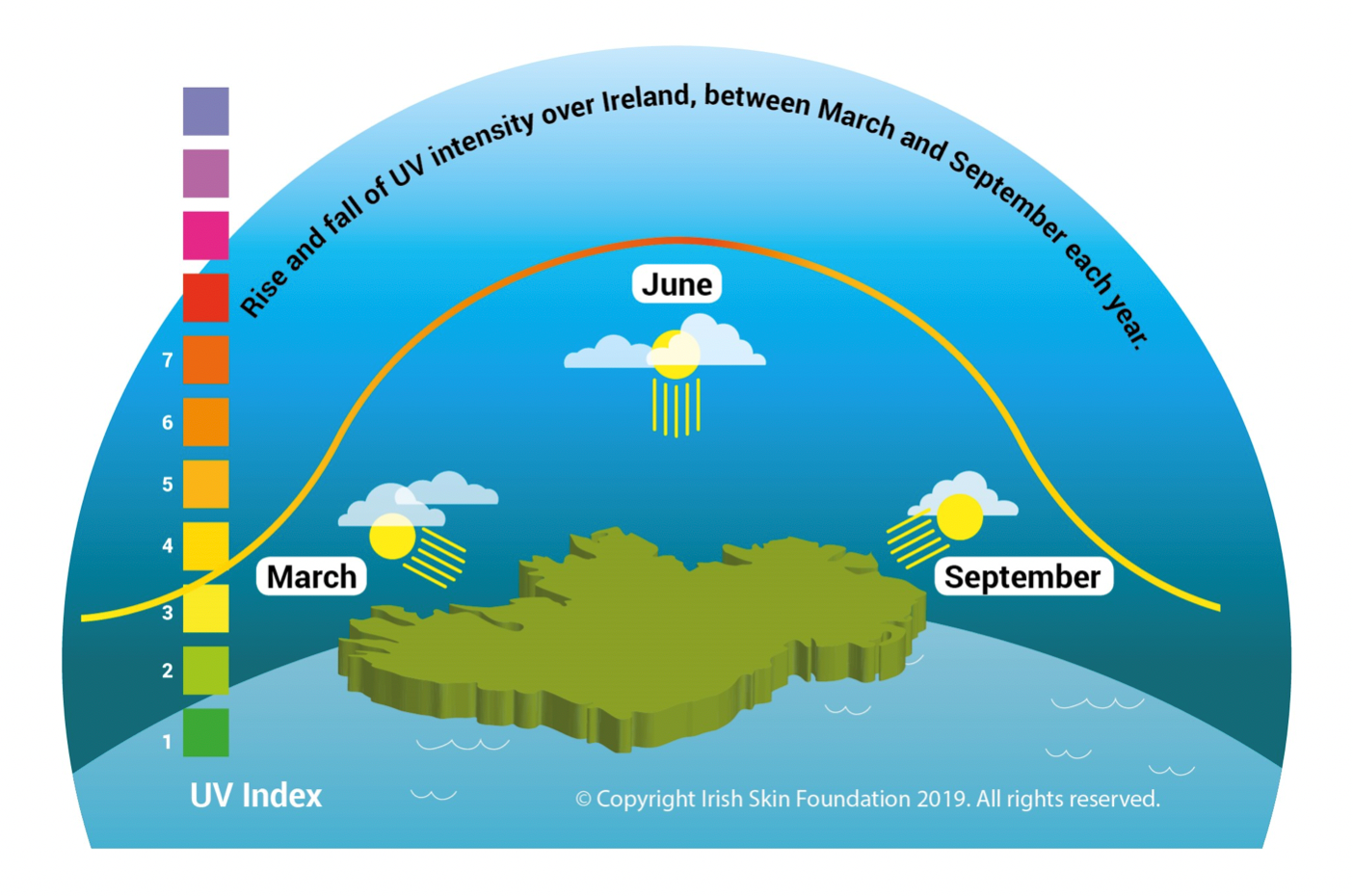
The UV index forecast for Ireland is included in Met Éireann’s regional weather forecasts from May to September but please be aware, that this can only be an average for any one day over the whole country. The clear/sunny sky peak UV index is reduced by cloud cover.
Protect & Inspect
Remember the 5 ‘Ss’ of sun-safety:

Remember: Do not deliberately suntan. Avoid sunbathing/sun burning. Never ever use a sunbed!
If you are concerned about a change or growth on your skin, you should always see your doctor. Fortunately, melanoma and non-melanoma skin cancer can be completely cured if identified and removed early.
Next article: What is solar UV radiation and why you need to know about it…?
For more information on how to Protect & Inspect™ against Melanoma Skin Cancer visit our information and resources page.

